In logistics warehouses, ports, and other operational environments, forklift drivers often leave their equipment for brief periods of time, such as to retrieve documents or connect with invoices.
Ignoring proper parking procedures during these times can easily lead to safety accidents such as equipment slipping and fork collisions. Recent Google search data shows a 35%
month-over-month increase in searches for questions like "What precautions should I take when temporarily parking a forklift?" and "How should I operate a forklift when retrieving documents?"
As a company focused on forklift research and development and the promotion of safety regulations, we've combined industry standards and product design to develop a five-step safety
procedure for temporarily parking a forklift (within 10 minutes). We also explain how the LD series forklifts reduce operational risks through hardware design.
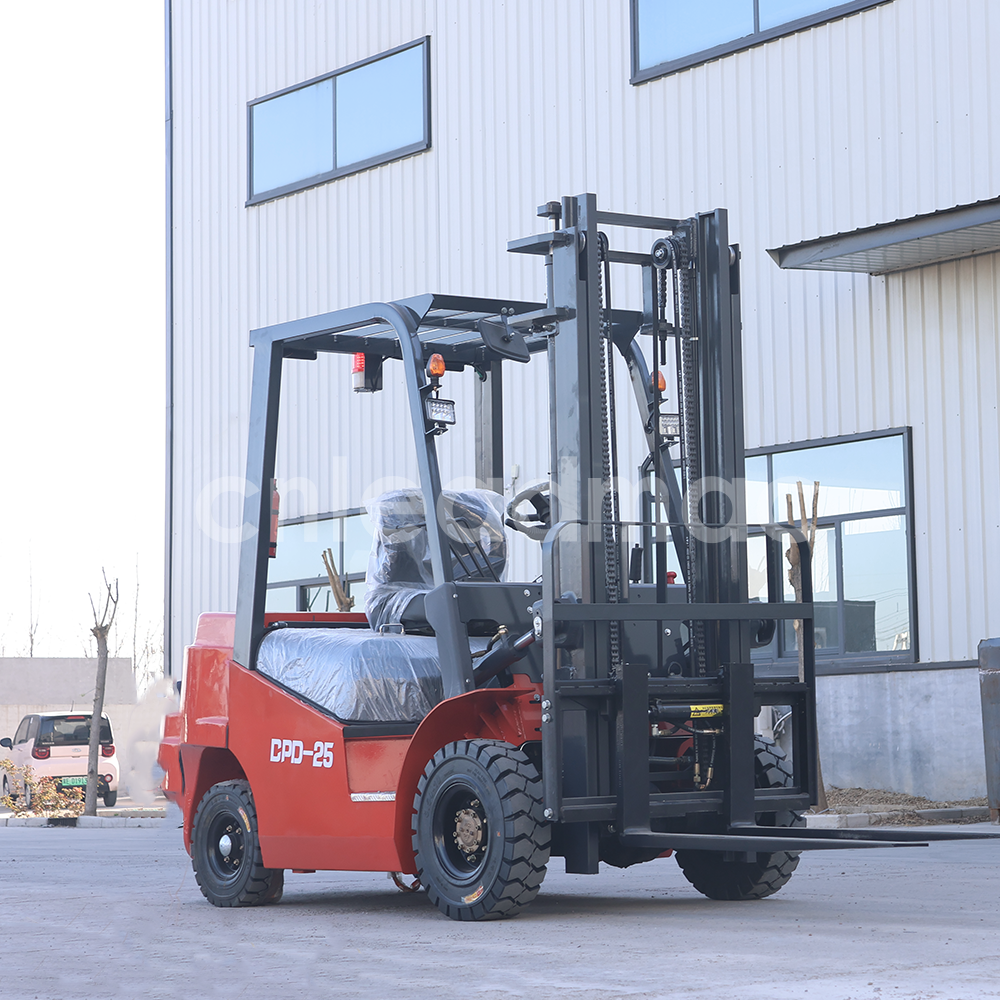
I. 5-Step Temporary Parking Procedure: Essential Steps Before Retrieving Documents
Step 1: Lower the forks close to the ground to prevent collisions
Regardless of whether or not a load is being carried, lower the forks to a height of 10-15 cm from the ground before temporarily parking. This is crucial to avoid collisions with
pedestrians and fork drops. If the forks are suspended too high, they may not only scrape warehouse shelves and walls, but also increase the risk of the equipment tipping over due
to an unstable center of gravity.The LD series forklifts feature a "one-touch fork lowering" function. This eliminates the need for the driver to repeatedly adjust the joystick; simply
pressing a button allows the forks to be quickly lowered to a safe height, improving operating efficiency by 40% and making them particularly suitable for frequent temporary parking.
Step 2: Neutral gear and handbrake applied for double rollback prevention
After shutting off the forklift's power, it is essential to engage neutral gear and apply the handbrake. If the worksite is on a slope (even as low as 3°), additional wheel chocks should be used to
secure the wheels. Data shows that 70% of forklift rollback accidents are caused by applying only the handbrake without engaging neutral gear. This is especially true for diesel forklifts,
which are prone to unexpected rollover due to residual power at idle.
LD Series Forklift Advantages: The handbrake features a "mechanical + electronic dual locking" design. When engaged, it automatically triggers the anti-rollback alarm. If the vehicle
is not in neutral or the handbrake is not fully engaged, a red light and a buzzer sound alert the instrument panel, effectively preventing missed operations.
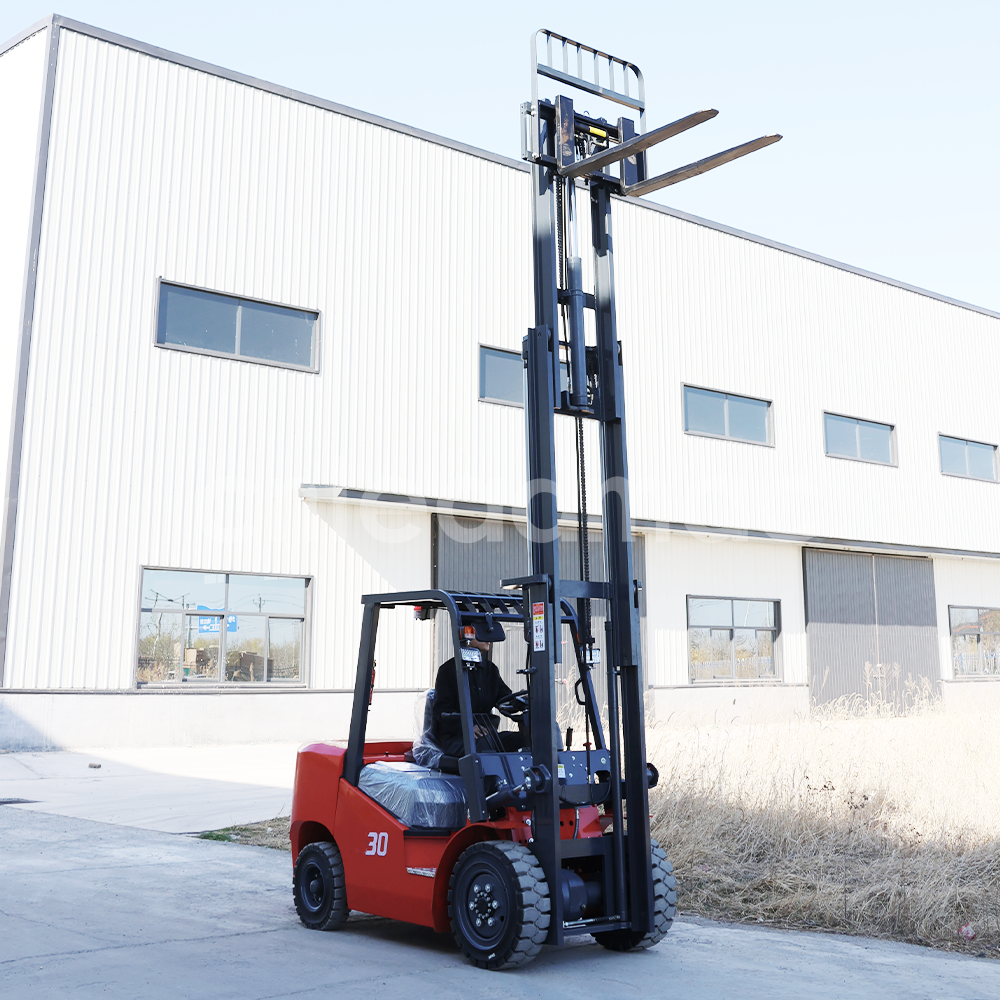
Step 3: Shut down the engine/disconnect the power to prevent accidental operation.
Even if you are away for just one minute, shut down the forklift engine (for diesel forklifts) or disconnect the power (for electric forklifts). This prevents accidents caused by accidental
manipulation of the joystick by unauthorized personnel and reduces fuel consumption (a diesel forklift consumes approximately 0.1L of fuel per minute at idle) and battery drain (an
electric forklift experiences rapid battery drain at idle).LD Series Electric Forklift Advantages: The "Temporary Power-Off Memory" function automatically restores the last operating parameters
(such as fork height and travel speed) upon restart, eliminating the need for readjustment and ensuring both safety and efficiency.
Step 4: Check the surrounding environment and reserve a safe passage.
Parking should be done away from the warehouse's main roads, fire escapes, and cargo storage areas. Ensure a minimum distance of 1 meter between the vehicle and any obstacles
(such as racks and columns), and allow ample space for return maneuvers. If parking outdoors, avoid areas with accumulated water or oil to prevent wheel slippage.
Step 5: Remove the key and lock the cab to prevent unauthorized access.
This last step is often overlooked: remove the forklift key and lock the cab door. This is especially effective in warehouses with high traffic flow, preventing unauthorized personnel
from accidentally operating the equipment.
LD Series Forklift Advantages: Some models support the "Smart Key" feature, which binds the key to the driver's identity. Even if an unauthorized person inserts the key, the
equipment cannot be started, further enhancing security.
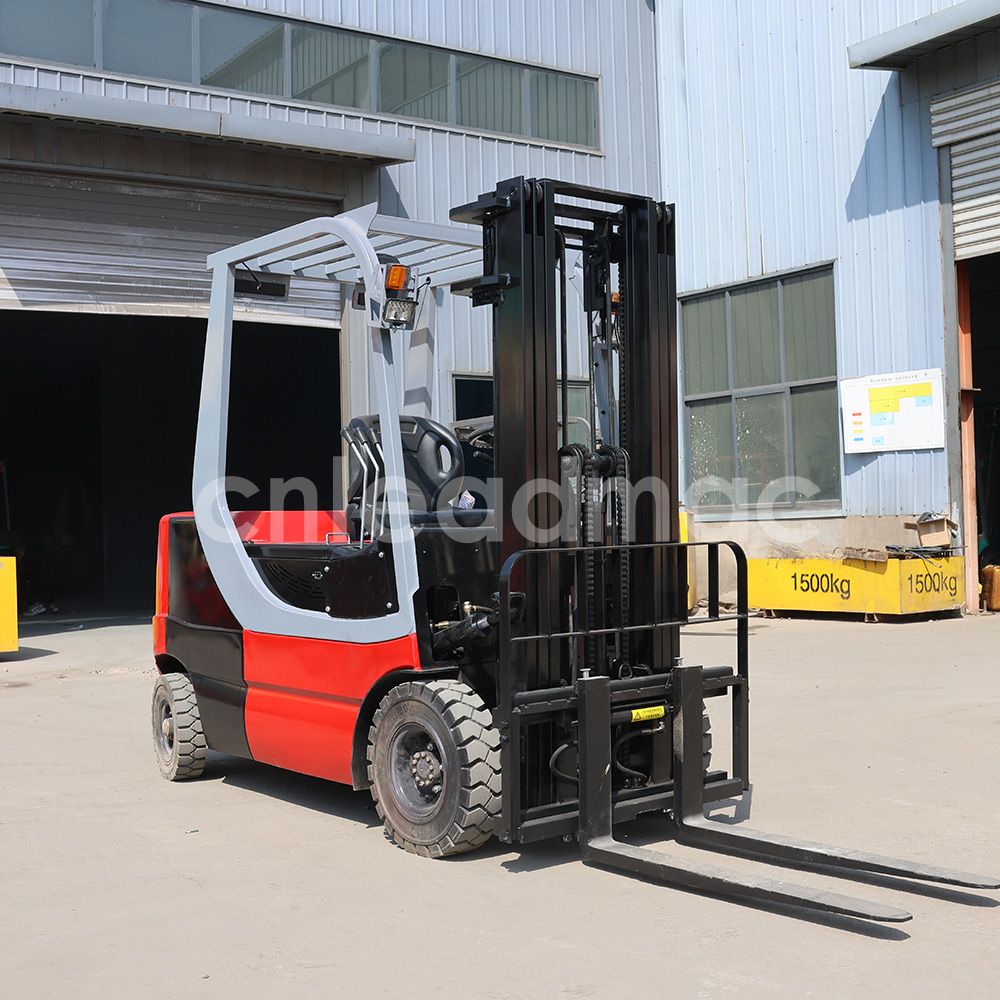
II. Common Misconceptions: These operations may seem "easy," but they're actually extremely risky.
Misconception 1: "It's just to get a document, so there's no need to lower the forks."
Some drivers believe that "it's okay if the forks are suspended during a short absence." However, in actual operation, a pedestrian collision with the forks can occur within 10 seconds.
In a 2024 case at a logistics park, an employee left the forks temporarily without lowering them, causing a passing colleague to trip over the suspended forks and suffer a leg laceration.
Misconception 2: "When operating on flat ground, there's no need to apply the handbrake."
Even on perfectly level ground, a forklift can move while idling due to minor bumps (such as stones or debris). Handbrake test data for LD series forklifts shows that even on smooth
concrete surfaces, with the handbrake engaged, they can withstand a 500kg lateral thrust without slipping, far exceeding industry standards.
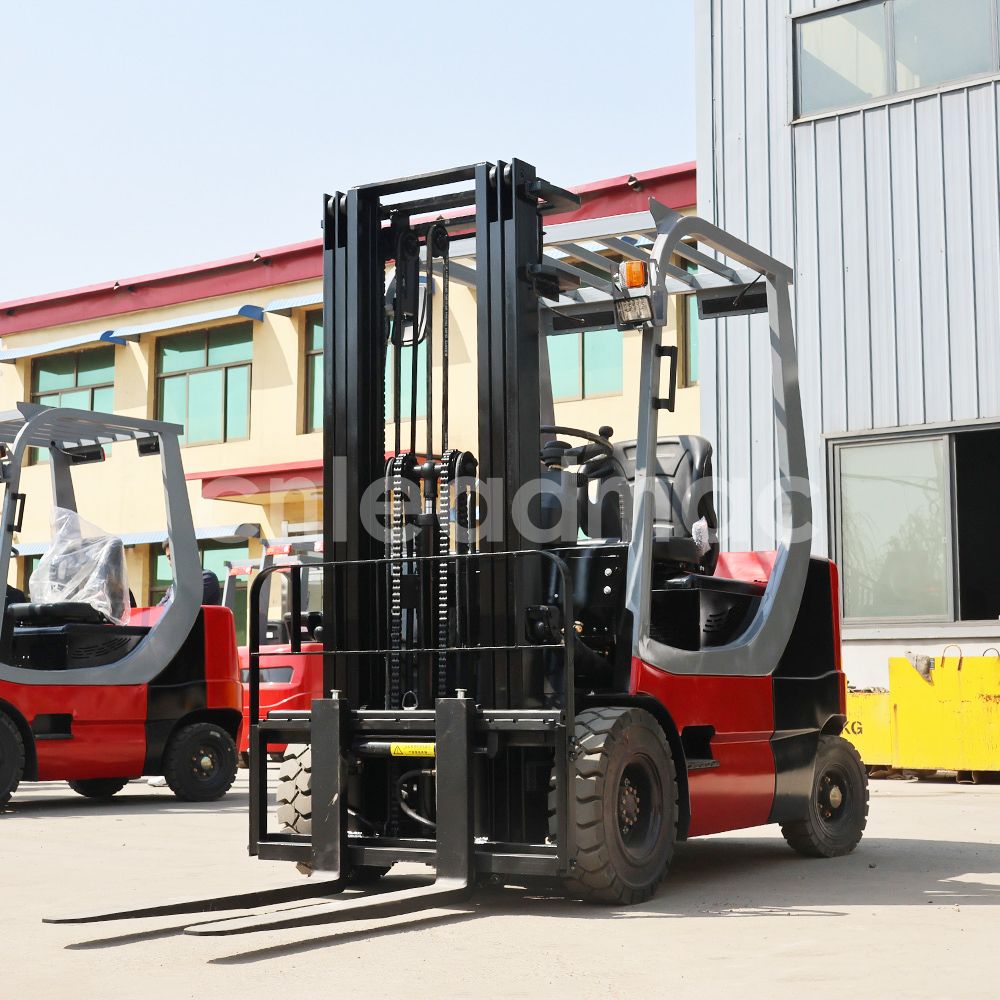
III. Why is "temporary parking regulations" emphasized? Safety and Cost Benefits
From a safety perspective, proper temporary parking can prevent 90% of non-operational accidents, reducing casualties and equipment repair costs. From an economic perspective, simply
shutting down the engines can save a warehouse (10 forklifts) approximately $200 per month in fuel and electricity costs.
As a forklift manufacturer, we not only provide equipment that meets ISO safety standards but also help customers reduce safety risks through a combination of operational guidance
and hardware safety design. Currently, the LD series forklifts are in use in logistics parks in over 30 countries worldwide, and their temporary parking safety design has been recognized by
companies such as Walmart and Amazon.
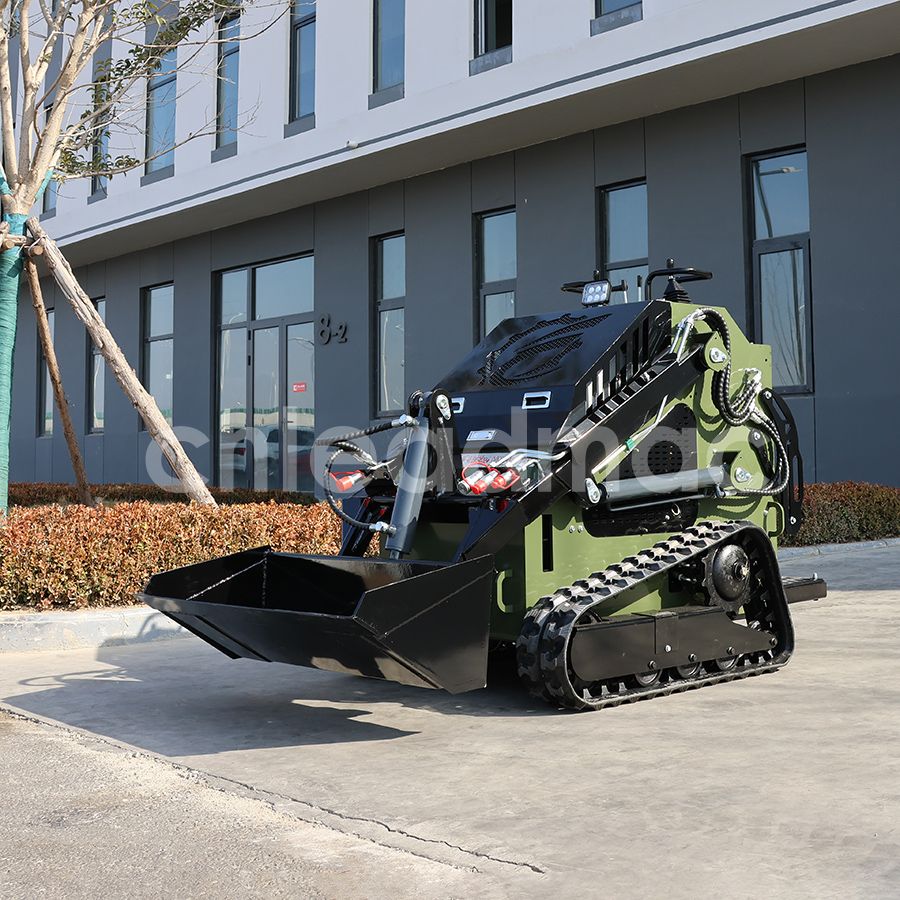 Which Skid Steer Loader Is Bes
Which Skid Steer Loader Is Bes
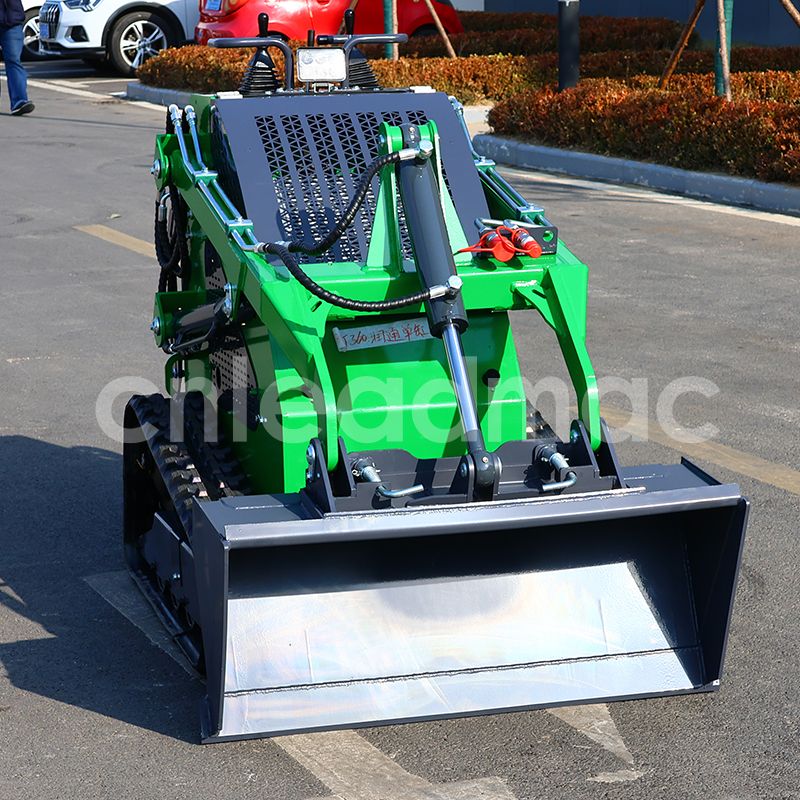 In Addition To Construction Si
In Addition To Construction Si
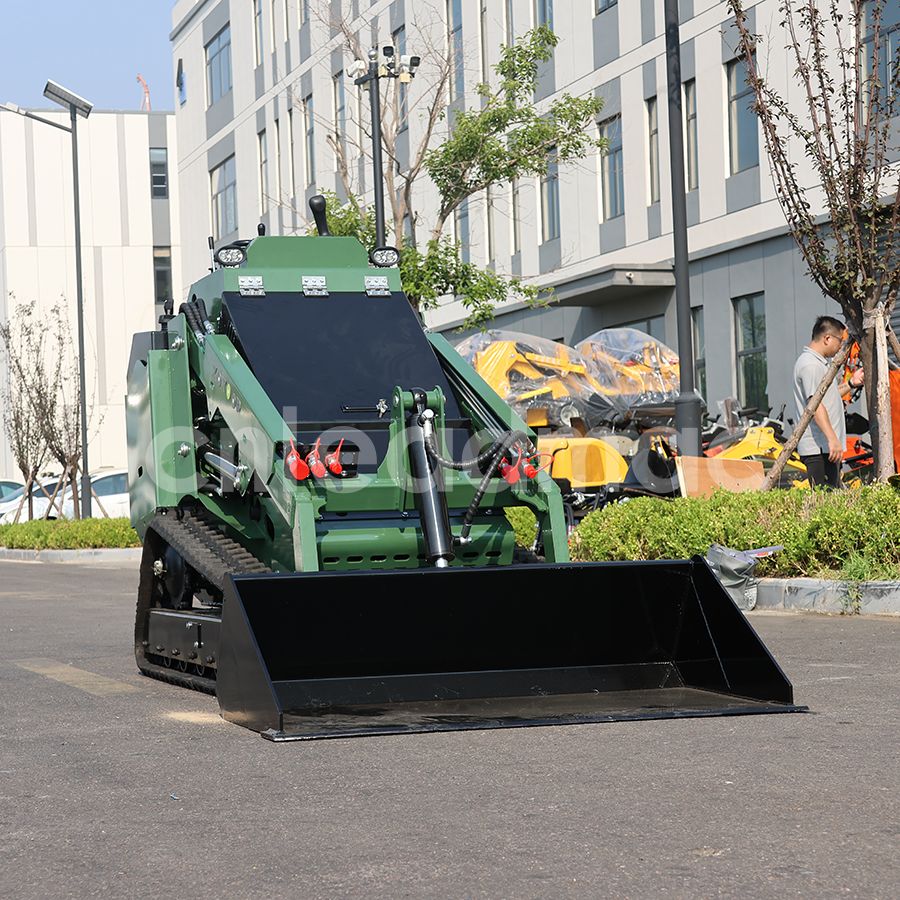 Storm Is Coming! A Complete Gu
Storm Is Coming! A Complete Gu
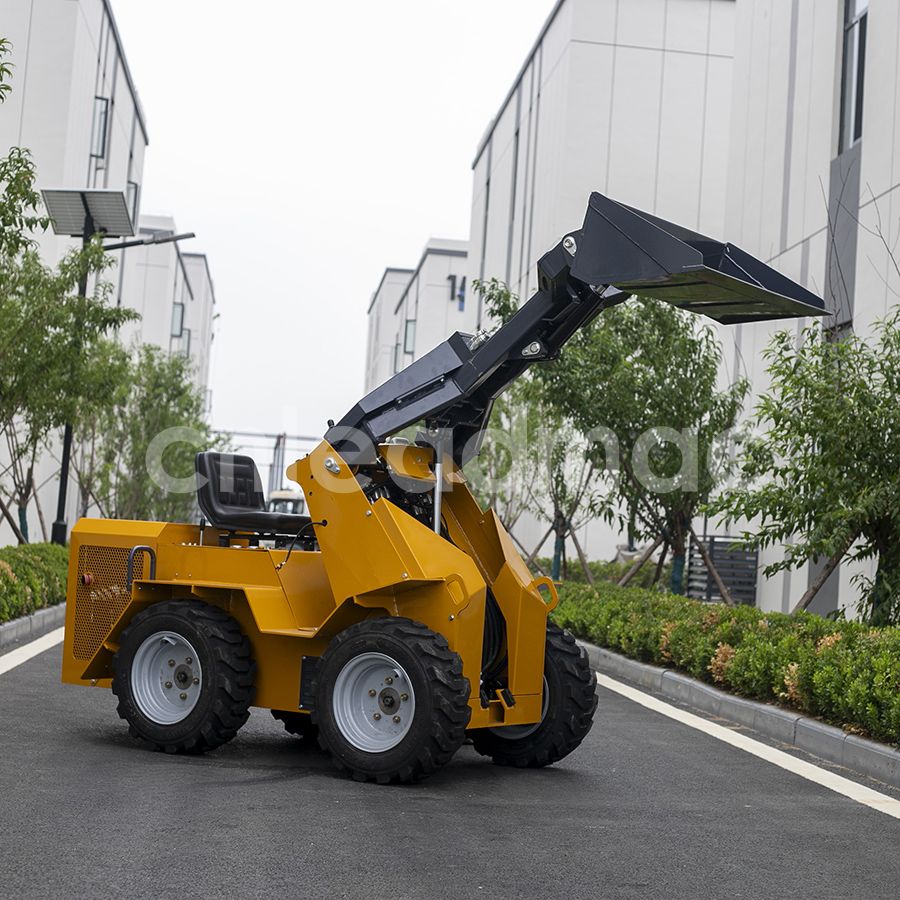 All-Round Capable, Fearless Of
All-Round Capable, Fearless Of